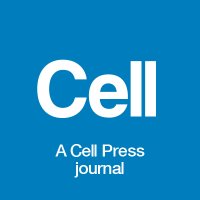
Christoph Heuser-Loy
@chrstphhsr
Immunologist | T cells || postdoc at lit.eu @presse_ukr |
PhD @UniBonn @IEI_Bonn || Hiker | Cyclist
ID: 840349445996855296
10-03-2017 23:51:35
306 Tweet
225 Followers
436 Following


🚀 Excited to share our new paper on Cancer Communication! Christoph Heuser-Loy from the T-FITNESS consortium comments on a recent study in National Centre for Biotechnology Education nature.com/articles/s4158… on the potential of IL-10 transgenic CAR T cells. #innovation #immunotherapy Horizon Europe 🇪🇺 European Innovation Council

A Universität Regensburg team used single-cell chromatin accessibility data, including the #TransposableElement landscape of CD45+ immune cells from colon, skin, adipose tissue, and spleen, finding organ-specific and conserved features across immune cells. bit.ly/4dcAros

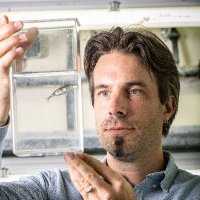

Boosting the therapeutic potential of anti-Tumor T cells by ectopic expression of the small, regulatory protein Lmo4 Check out the new study from the lab spearheaded by Roland Schelker #syntheticbiology #Tcelltherapy

Our latest paper "NaCl enhances CD8+ T cell effector functions in cancer immunotherapy" is now out Nature Immunology nature.com/articles/s4159… 🥳🎉🍾. A 🧵:
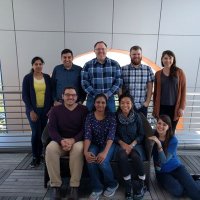
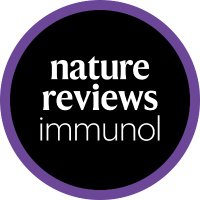
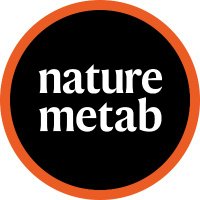
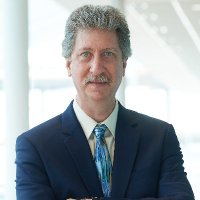
Like a SciFi movie where injections change behavior - Intercellular nanotube-mediated mitochondrial transfer enhances T cell metabolic fitness and antitumor efficacy Cell Press sciencedirect.com/science/articl…
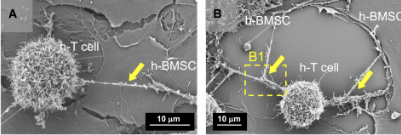
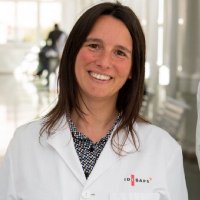
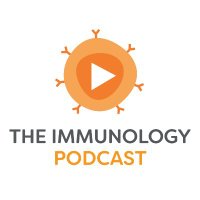
This week: mitochondrial transfer can enhance #Tcell fitness! 🛣️ A team at the Leibniz Institute for Immunotherapy and National Cancer Institute found intercellular highways that transport stromal cell mitochondria into CD8+ T cells. 📑 - bit.ly/3BDsqeG 💬 - bit.ly/4eUpWqO


